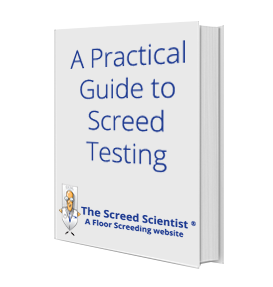
A Practical Guide to Screed Testing: What Do the Experts Say?

A Practical Guide to Screed Testing: What Do the Experts Say?
Screed Protection Considerations
Protection to levelling floor screeds should be carried out as soon as possible after installation. This is especially true on large construction sites with where many tradespeople are potentially competing to access the available work areas. The expected traffic type
Tiling onto Cracked Screed – Addressing Underlying Causes of Tile Floor Failure
Do you need to lay or are you worried about large format tiles placed directly over cracked screeds? Have you heard about crack inducement joints? Read on. Not dealing correctly with cracked screeds is one of the main causes of
Our 5 Most Popular Pages This Month
Preventing sulphate attacks on anhydrite screeds
5 Things you need to know about your screed before refurbishing your floors
Once your old floors are stripped of their floor covering, it is important to make a thorough assessment of the remaining substrate to make sure it is in a suitable condition to take on the new flooring. Some of the
It’s not Rocket Science Part 3
Our collaboration with Tomorrows Flooring to raise awareness in the floor screeding industry continues with the next instalment of the Screed Scientist content appearing in the September 2013 edition. See page 22 of this link: http://content.yudu.com/A2dukg/TFSept13/resources/index.htm?referrerUrl=http%3A%2F%2Fwww.tomorrowsflooring.com%2F The article covers: Right
The Screeding Winter Checklist
How to Prepare the Floor Substrate for Levelling Screeds and Toppings
The key to the successful implementation of a bonded application is to achieve a good bond between the substrate and the applied bonding coat. Proper preparation is the most important factor for achieving a successful floor screeding installation. Whatever topping




